The team overseas at FastPass has taken the band saw to the Nike’s latest in the Pegasus line so let’s take a look at the Air Zoom Pegasus 35 deconstructed.
The big news with the Air Zoom Pegasus 35 is the move from heel and forefoot Zoom Air units to a full-length unit (you can see the comparison at the bottom of this article). Additionally, the midsole housing that unit is made of the much bouncier Cushlon instead of the usual Phylon.
Those expecting the 8mm thick Zoom Air unit from the Why Not Zer0.1 will be disappointed. While the unit in the Pegasus 35 is a pretty generic cushioning system from Nike, its shape has been changed to mimic the carbon plate in Nike’s top-tier runners like the Vaporfly 4%.
The Zoom unit pictured here it is slightly thinner at 5.38mm (forefoot) and 5.42mm (heel). However, that Zoom Air unit is paired with the Cushlon midsole and thick OrthoLite insole to create a very comfortable ride. The heel of the shoe has also been beveled to absorb shock for heelstrikers and match Nike’s top tier performance runners.
Moreover, the Air Zoom Pegasus 35 has made breathability a focus. The upper uses only two layers: a thin breathable mesh inner lining for comfort and a large open-celled mesh for the exterior. Flywire cables — doubled for strength — run between the two layers to provide lockdown and support.
The Nike Air Zoom Pegasus 35 is a new and exciting runner from the Swoosh. WearTesters own Bianca has already taken the shoe for a spin so check out the video below.
If you’ve already been running in the Pegasus 35 share your experience in the comments below.
The Nike Air Zoom Pegasus 35 is available now in several colorways and widths at Eastbay.com for $120.
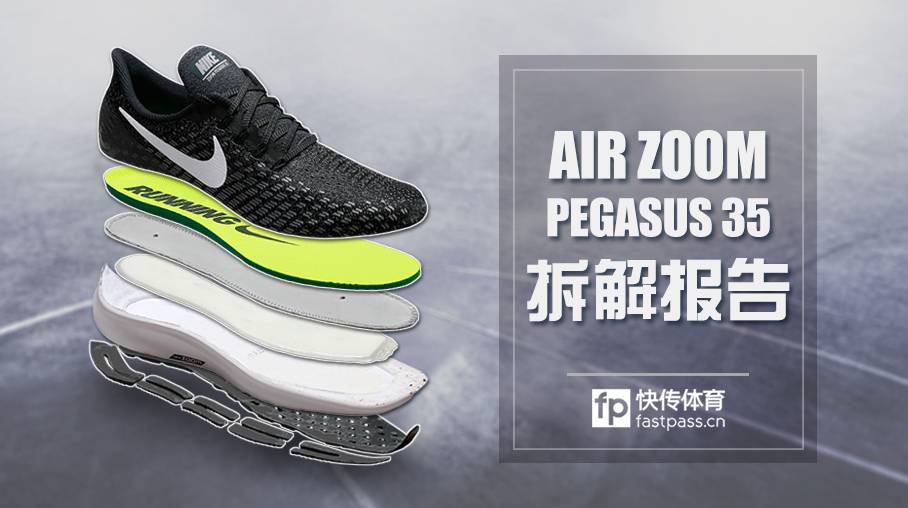
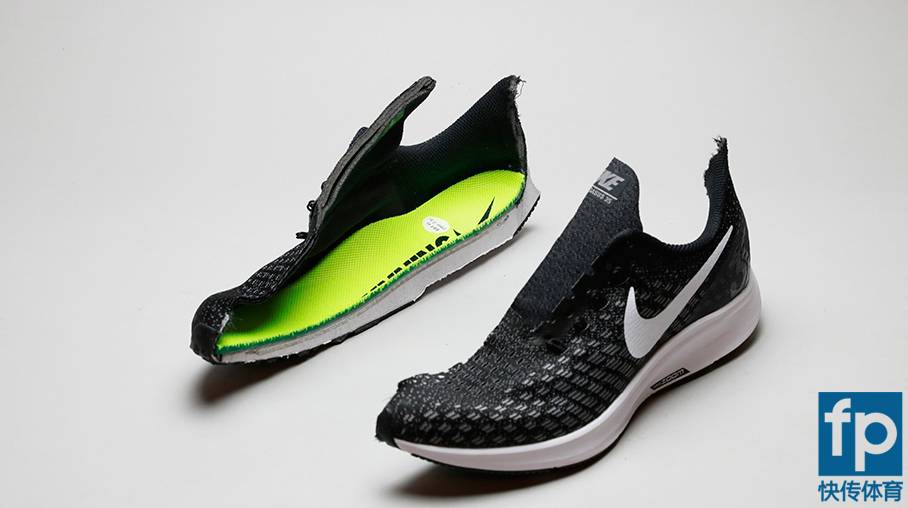
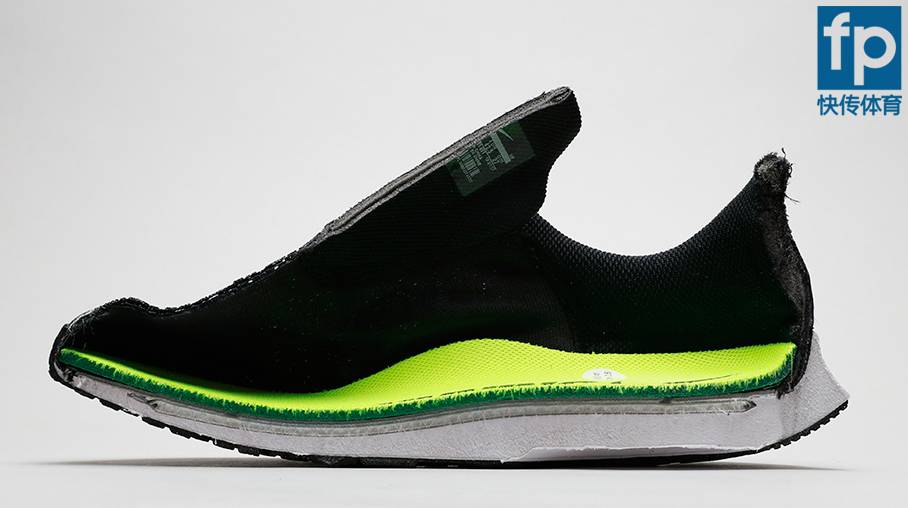
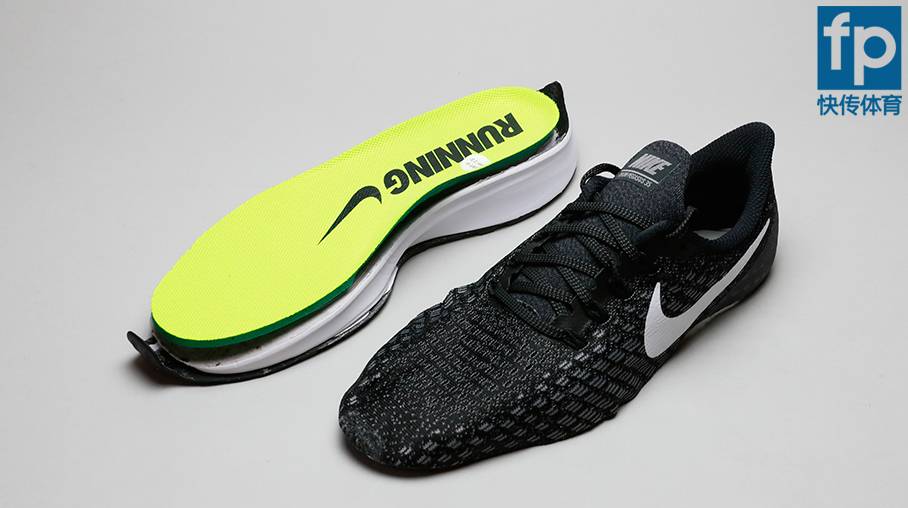
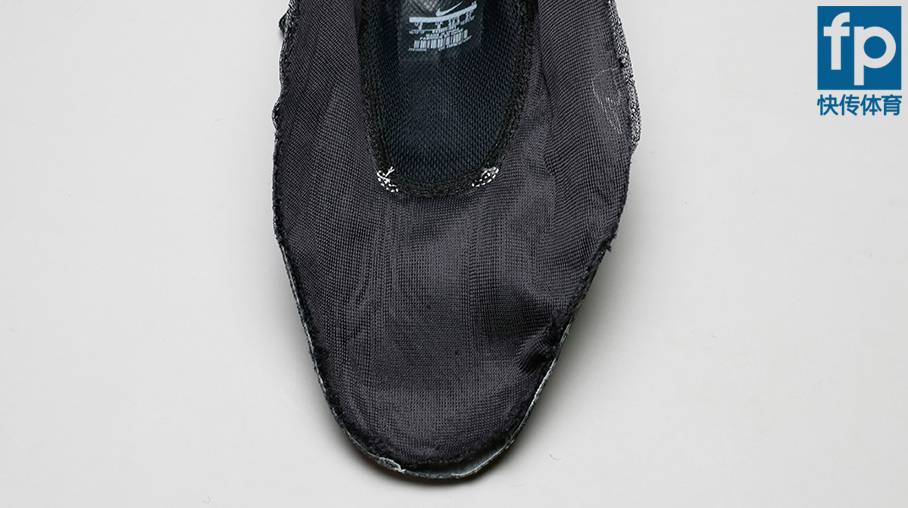
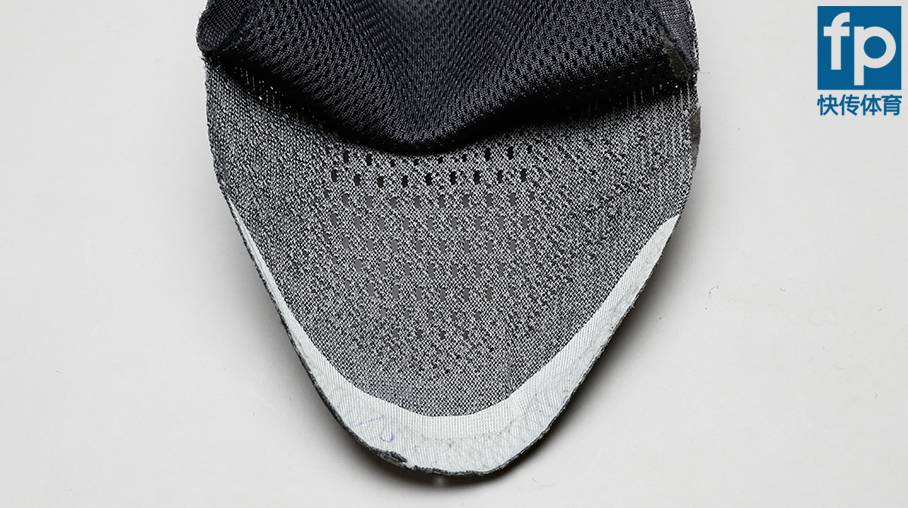
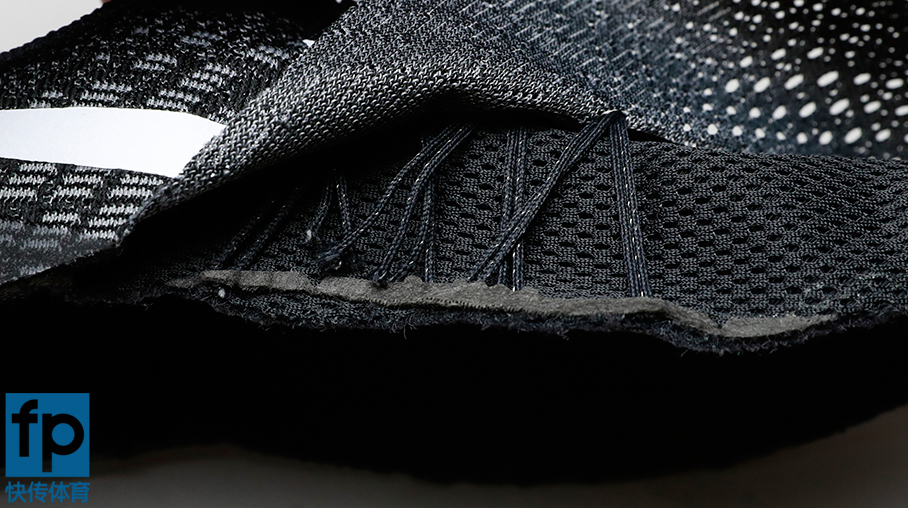
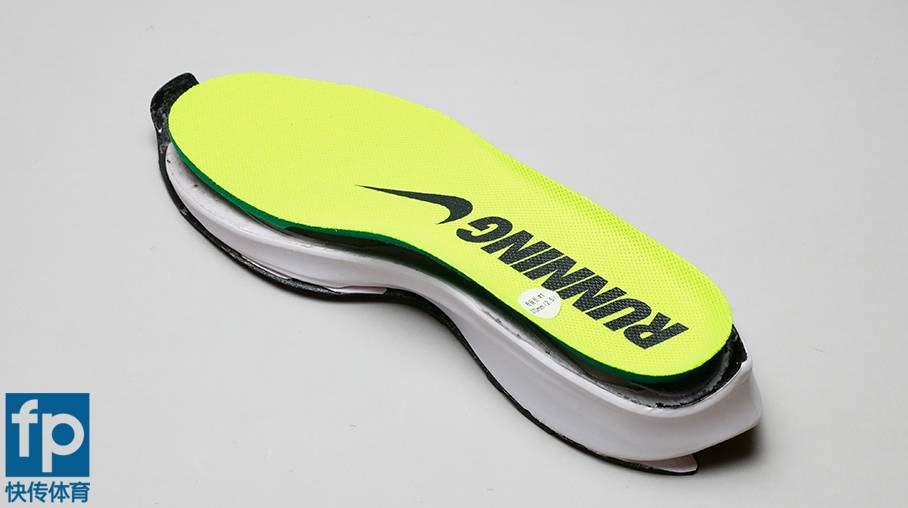
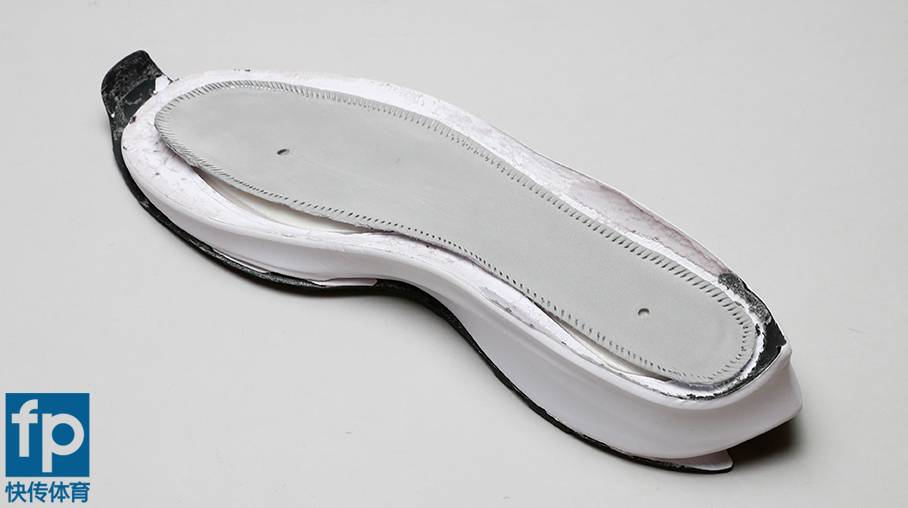
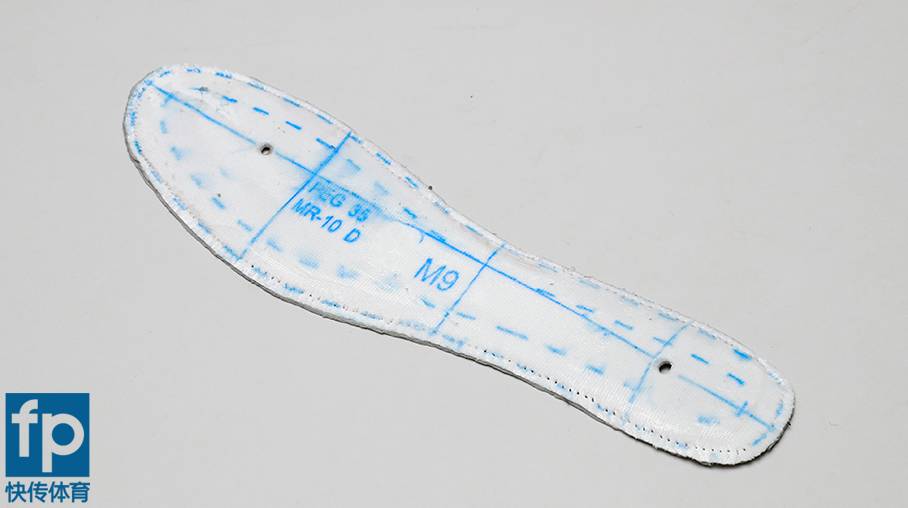
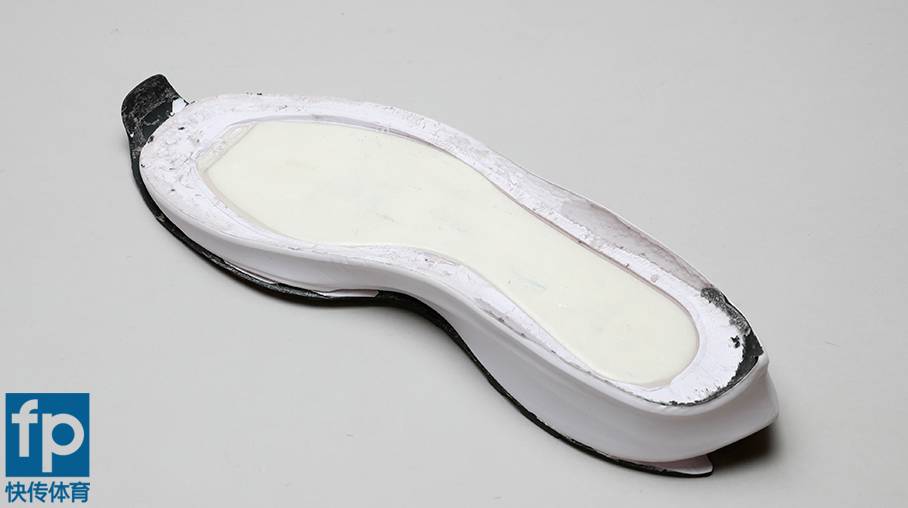
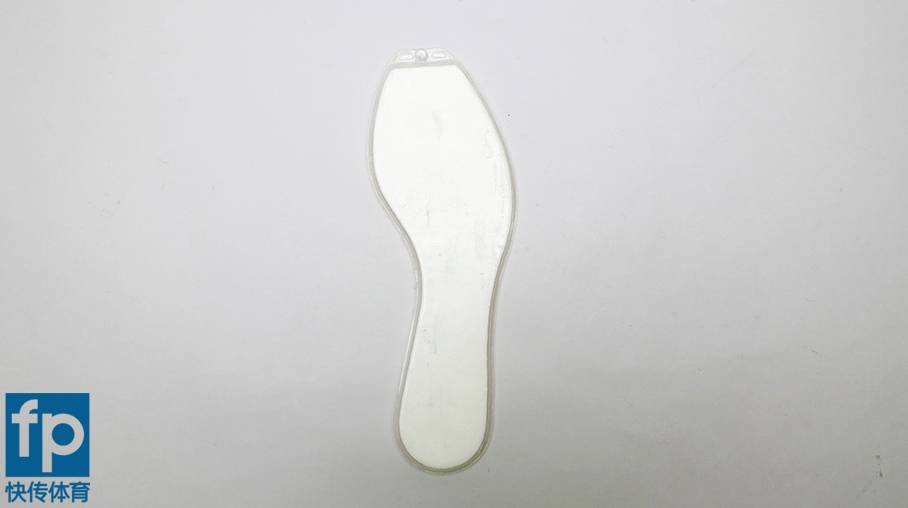
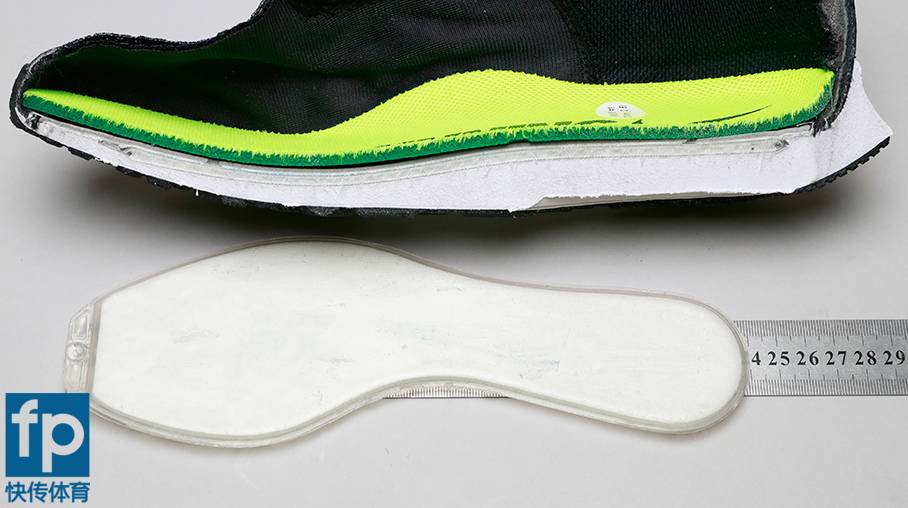
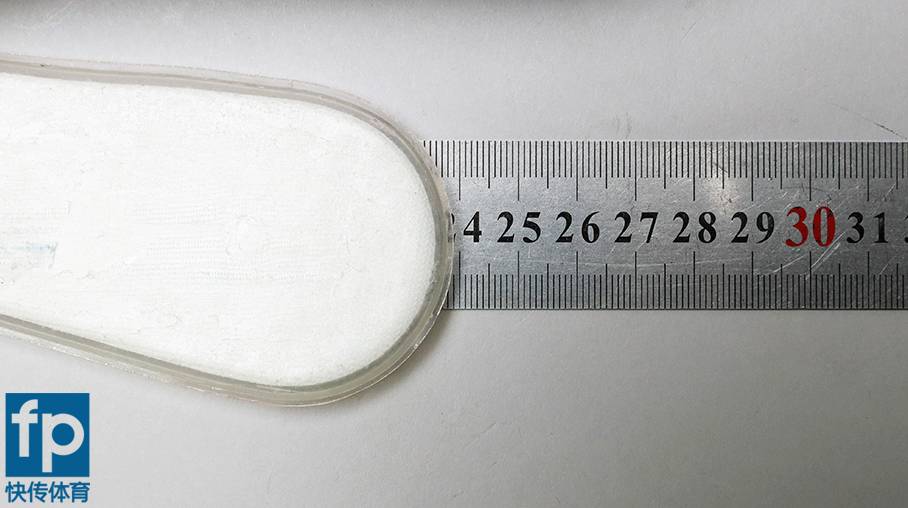
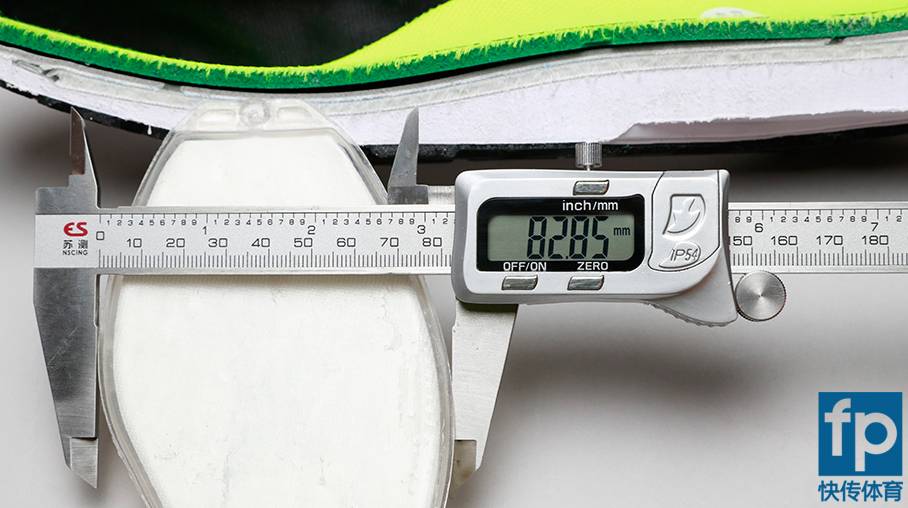
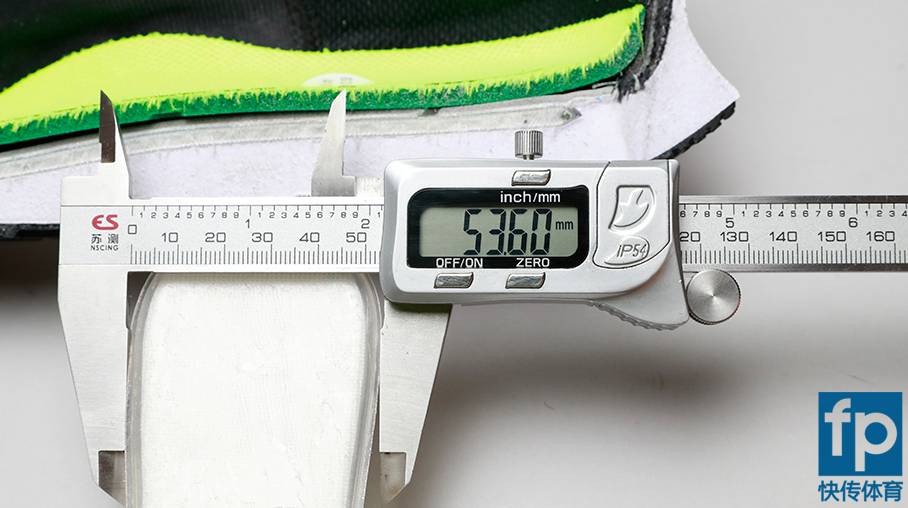
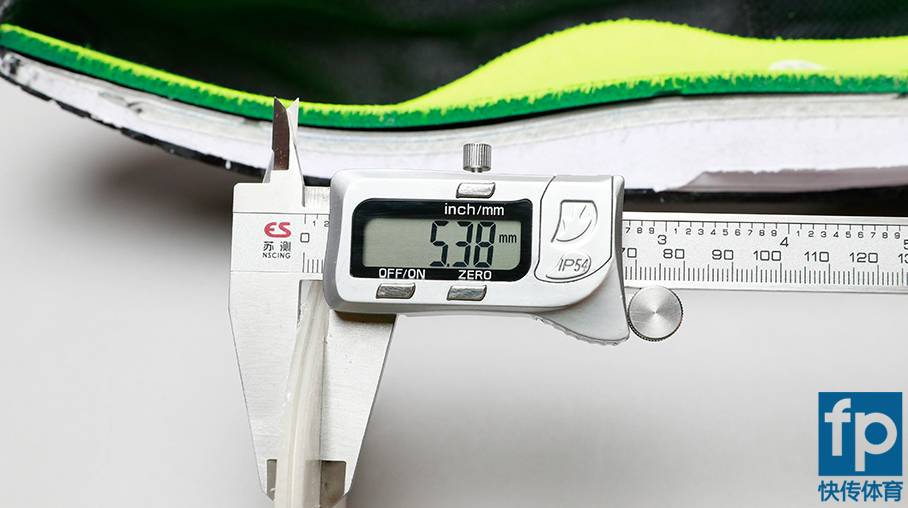
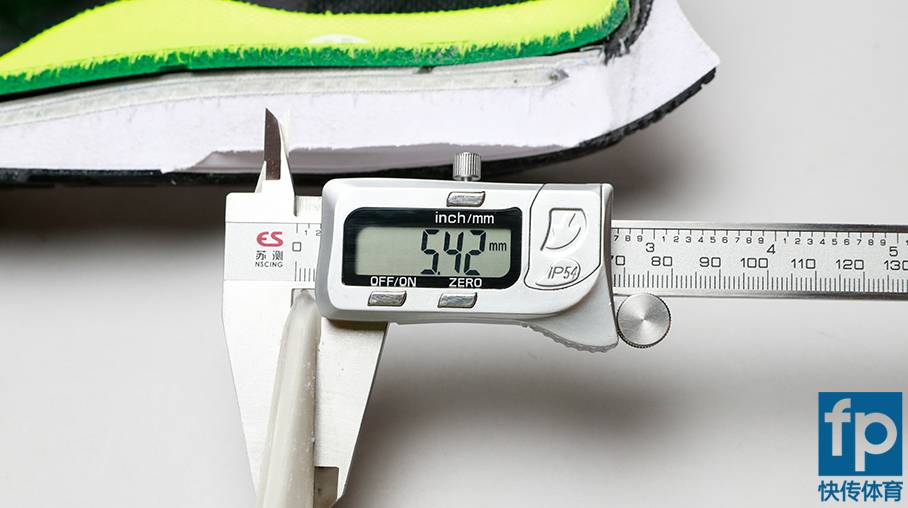
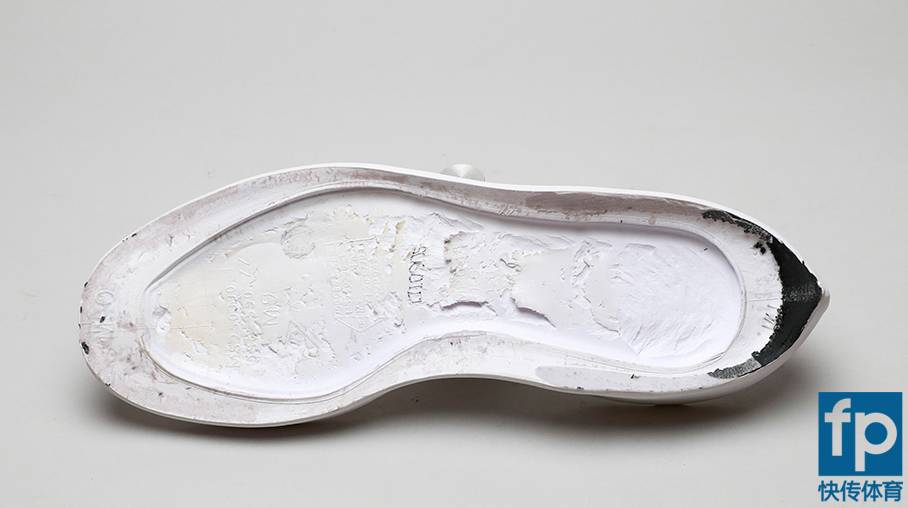
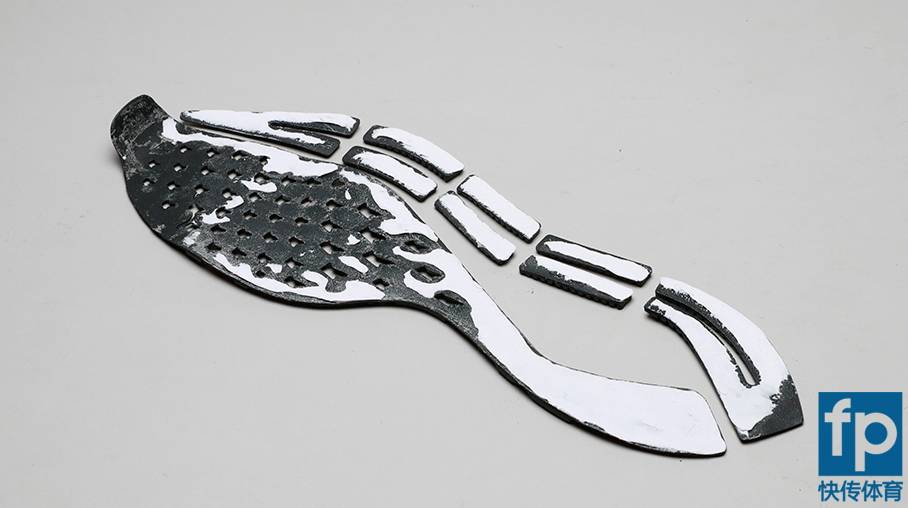
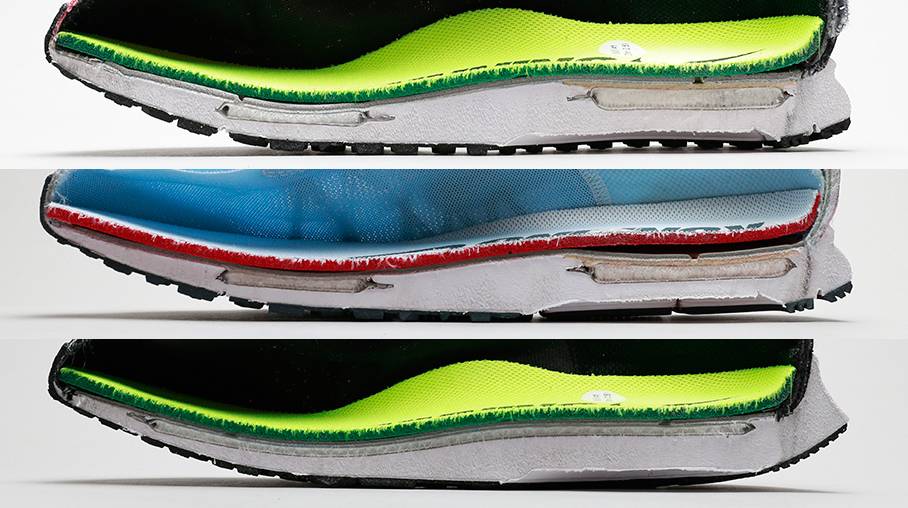
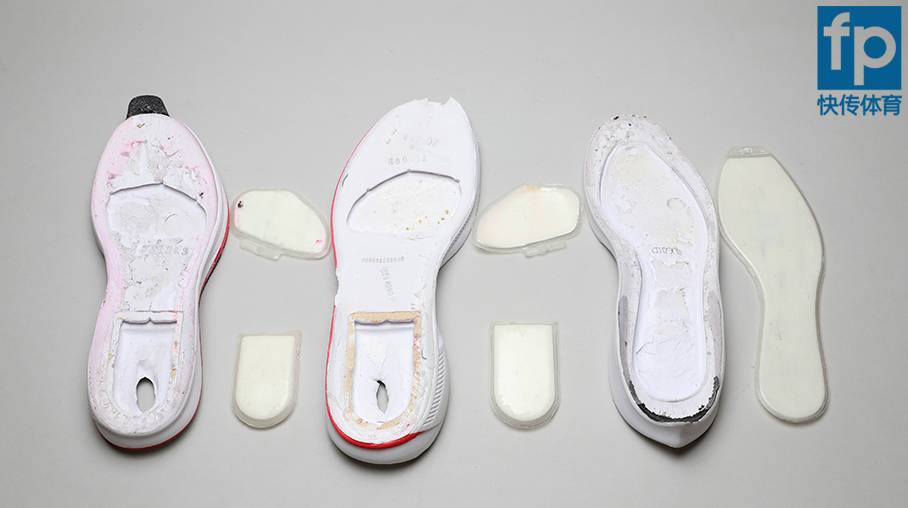
Source: FastPass


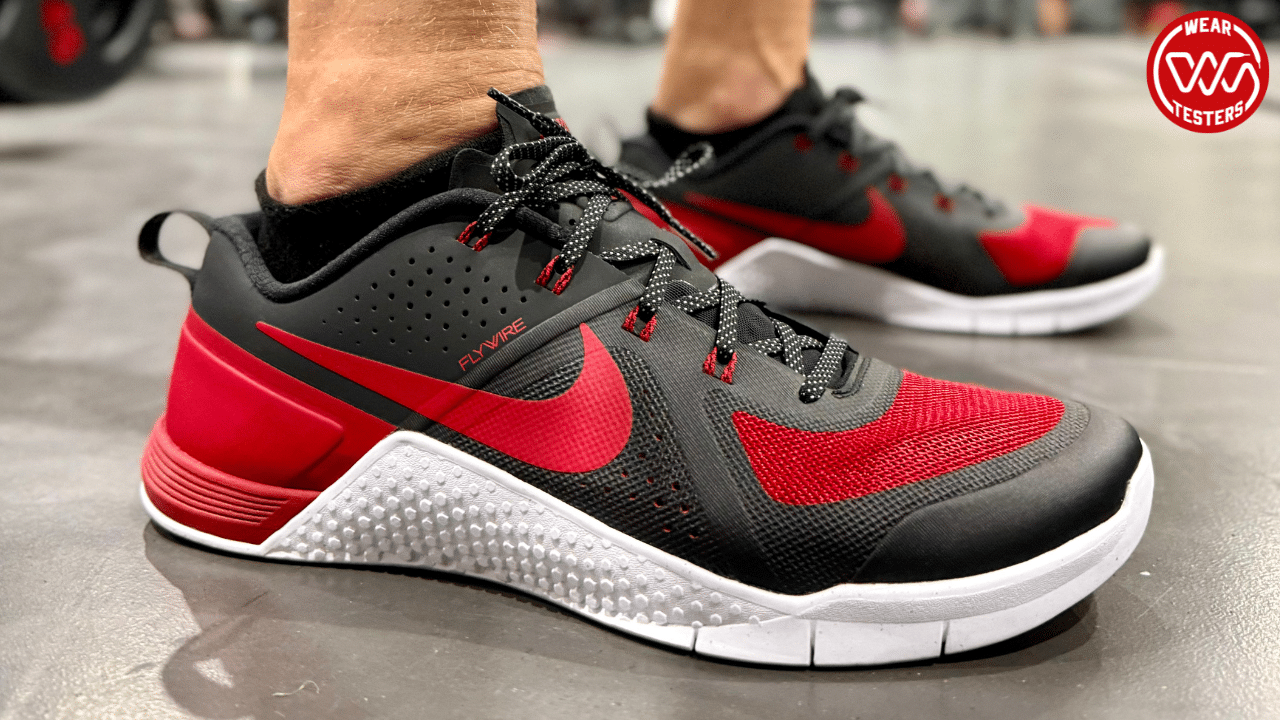
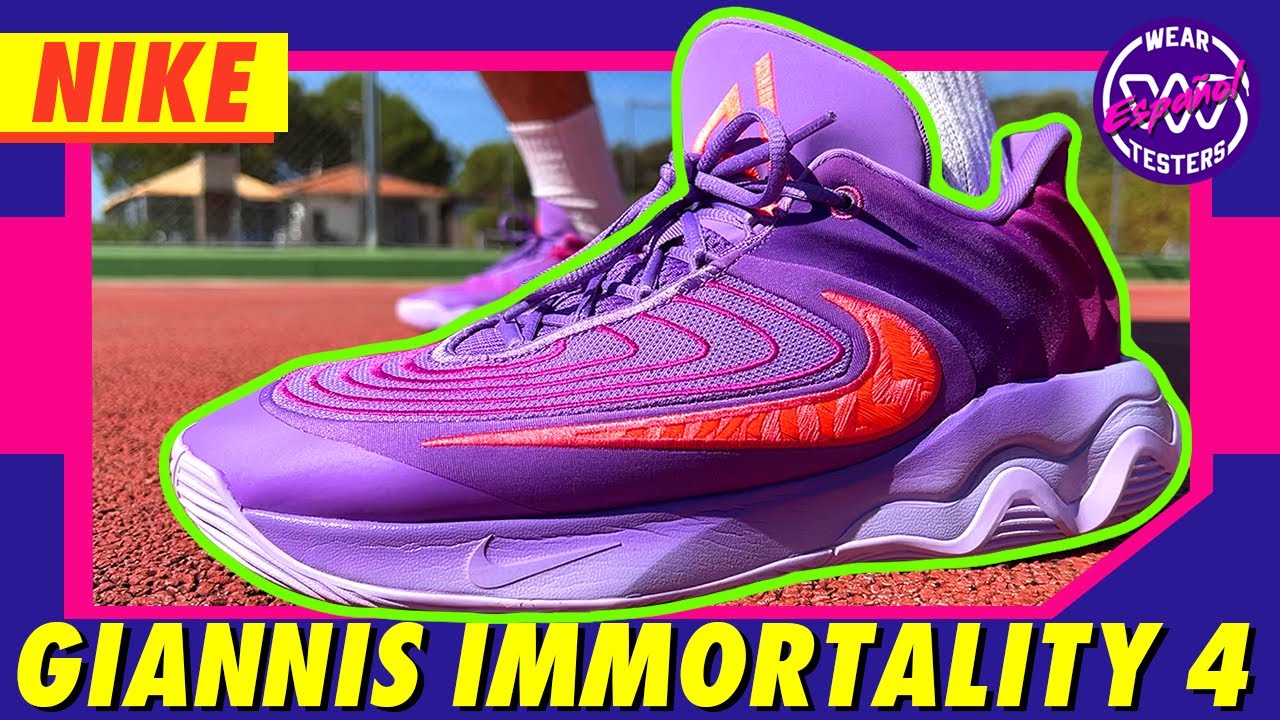
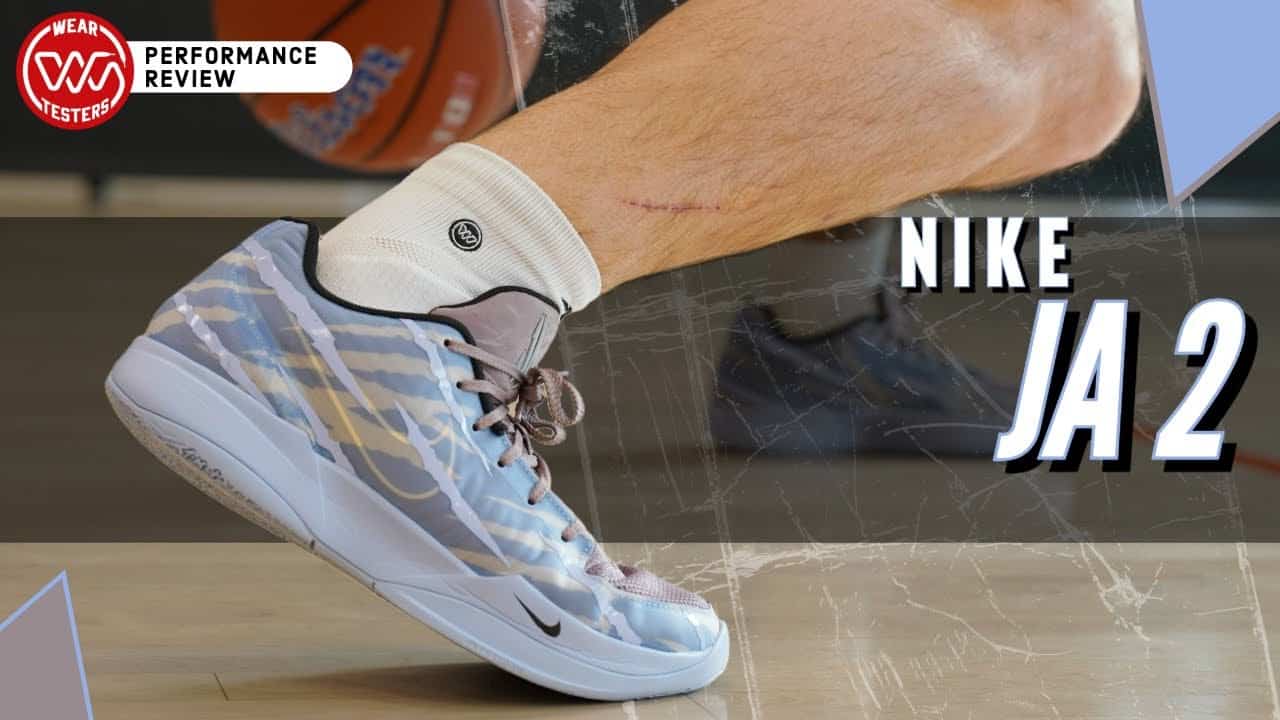
I have the 35s and like the cushioning setup. I wear them for gym workouts, light runs, and casually. The zoom and cushlon are a nice mix for bounce, comfort and stability.